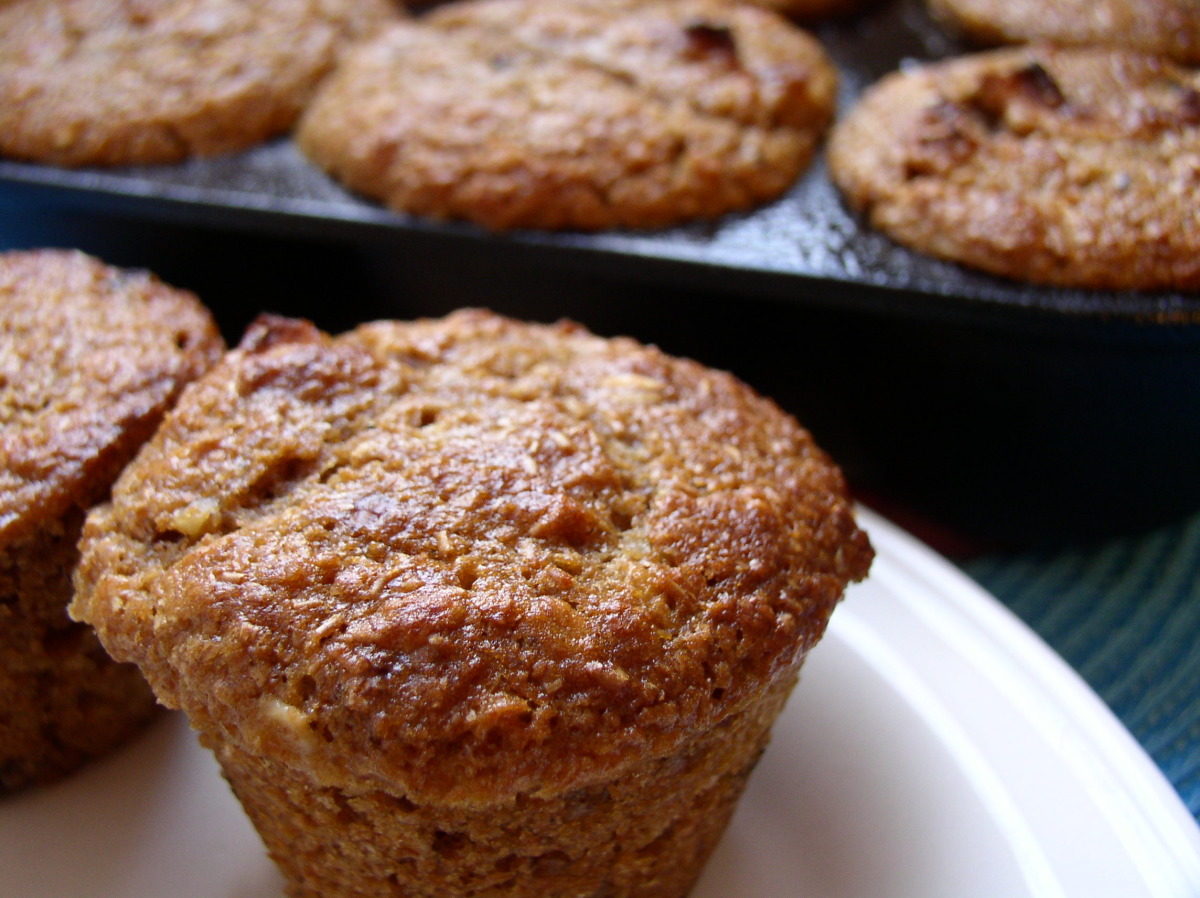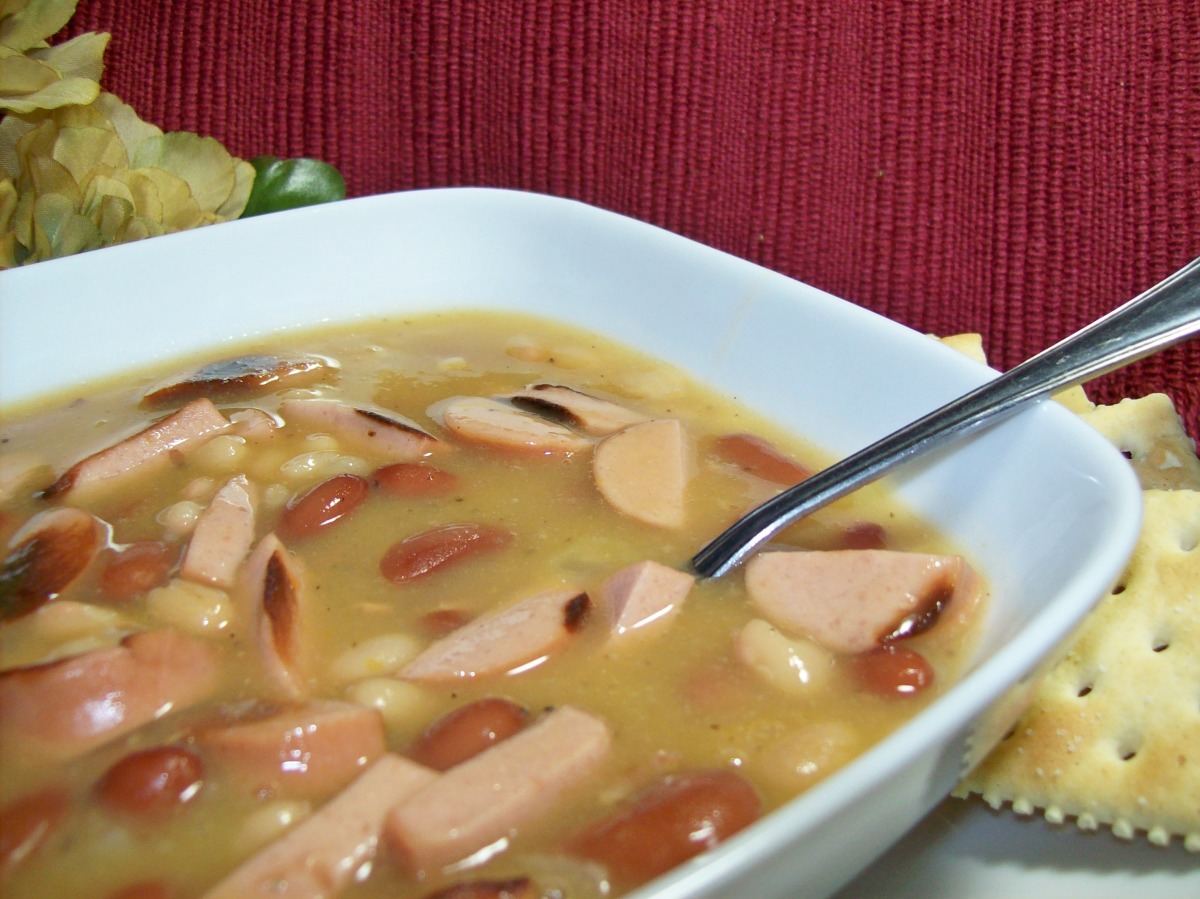Alcapurrias, a delectable Caribbean treat originating from Puerto Rico, are fritters stuffed with savory fillings and deep-fried to golden perfection. These delightful morsels hold a special place in Puerto Rican cuisine, often served as appetizers or snacks and enjoyed at gatherings and celebrations. Our comprehensive guide takes you on a culinary journey, introducing two variations of this beloved dish: the traditional alcapurrias de carne (beef-stuffed) and the equally enticing alcapurrias de jueyes (crab-stuffed). Each recipe is meticulously crafted, providing step-by-step instructions and insightful tips to ensure success in your kitchen. Whether you're a seasoned cook or just starting your culinary adventures, we invite you to embark on this delicious escapade and savor the flavors of Puerto Rico.Buen provecho!
Check out the recipes below so you can choose the best recipe for yourself!
ALCAPURRIAS(PUERTO RICAN STUFFED FRITTERS)
Say the word "alcapurrias," and most Puerto Ricans think "beach food." These scrumptious fritters are usually made with a batter of taro (yautía) and green bananas (guineos verdes), and are stuffed with either a meat (pino) filling or with crab, shrimp or lobster. Sold by vendors on the beach, they make a great snack for hungry...
Provided by marisol andrades
Categories Other Appetizers
Number Of Ingredients 16
Steps:
- 1. Pino Filling: 1.heat the oil in a sauté pan over medium flame. Sauté the onions until they are translucent, 3-4 minutes 2.Add the garlic, paprika, cuminseed and oregano and sauté 1-2 minutes more 3.Add the ground beef, salt and pepper and sauté, breaking up the beef until it is cooked through, 5-7 minutes. 4.Stir in the water or stock, raisins and olives and bring to a simmer. Sprinkle flour over all and stir in well. Simmer for another 5-8 minutes, or until lightly thickened. Adjust seasoning, remove from heat and set aside to cool.
- 2. 1.Peel the yautía and grate it on a fine grater into a large bowl 2.Next peel the green bananas and grate them into the same bowl 3.Add the sazón and salt and mix together well 4.Place the masa, or batter, in a food processor and pulse until the batter is fairly smooth. 5.Cut a banana leaf or a piece of wax or parchment paper into a round slightly larger than your hand 6.Put about 1/2 cup of the batter onto the round and spread it out a bit 7.Place 2 to 3 tablespoons of the pino filling in the middle of the batter 7.Using the round, fold the batter up and around the filling, completely enclosing it 8.Form the batter into a smooth, oval round and set it aside. 9.Continue with the remaining batter and filling until it is used up. 3.Heat about 2 inches of oil in a large pan or deep fryer to about 370°F. Drop a few of the alcapurrias at a time into the oil and fry until well browned on one side. Flip and brown well on the second side. Remove to a paper towel-lined plate and repeat with the remaining alcapurrias. 4.Serve hot with a hefty dash of hot pepper sauce.
- 3. Please Note: •"Green bananas" does not mean bananas that are slightly underripe. It means green green. So green they are a little hard to peel. They can be found in this state at many Latin and Asian markets, but you might have a hard time finding them at most mainstream supermarkets. Ask the produce section people if they have any in the back. Otherwise, use unripe plantains instead. •Raw yautía can irritate some people's skin. You might want to wear rubber gloves when peeling and grating it.
- 4. Variations: •Filling Variations: Try using crabmeat, shrimp, lobster chopped chicken or chopped turkey simmer with a little sofrito. •Masa Variations: Besides yautía and green bananas, try using plantains, yuca (cassava) or potatoes in your masa. Some cooks add a little vinegar to the dough. It both flavors it and probably helps to keep it from browning too much. Chilling the masa first makes it easier to handle. •Alcapurrias freeze well. Place them on a baking sheet and put in the freezer until they are frozen. Then transfer them to an airtight bag and return to the freezer. Drop frozen alcapurrias directly into the hot oil to cook.
ALCAPURRIAS DE JUEYES (CRAB-STUFFED FRITTERS)
Puerto Rico is famous for its fritters, and alcapurrias are among the most coveted. Imagine a tamale made of green banana and root vegetable masa that is stuffed with savory meat or seafood, and then deep fried. You typically get them from the kioskos, roadside stands along Puerto Rico's beaches and highways, particularly in Loíza, a town on the northeastern coast that is the island's African heart. At home, they're often made over the holidays, as many hands make light work. The flavor is unmistakable: earthy green banana and taro cut by savory sofrito, briny capers and delicate crab meat. The filling, often called a salmorejo, is usually made from local land crabs, but commercially available lump crab is a fitting substitute. This recipe is adapted from one by María Dolores "Lula" de Jesús, the 84-year-old owner of El Burén de Lula in Loíza, who is considered by many to be a madrina, or godmother, of this and other dishes with African origins.
Provided by Von Diaz
Categories finger foods, seafood, appetizer, side dish
Time 2h
Yield About 32 fritters
Number Of Ingredients 15
Steps:
- Prepare the annatto oil: In a small saucepan, heat oil and annatto seeds over medium-high. Once the mixture comes to a rolling simmer, remove saucepan from stove, stir to combine, then let rest for 5 minutes. Transfer oil to a heat-safe container, straining out seeds through a fine-mesh sieve, and set aside. (Makes 3/4 cup.) You'll use this oil in three separate steps to come.
- Prepare the masa: Fill a large bowl with cold water and a fistful of salt. Peel and chop yautia and green bananas into 1-inch pieces, then soak in the salted water until ready to process.
- Cut at least 32 squares of wax paper about 4 to 5 inches each. (Traditionally, banana leaves are used, but, since they can be difficult to source, wax paper is an appropriate substitute.)
- Drain yautia and bananas well, then use a clean cloth to dab any excess water. Working in two batches, add half the drained yautia and bananas to the food processor with 1 tablespoon salt, and pulse until fully incorporated. Repeat with the remaining yautia, bananas and 1 tablespoon salt, processing to the texture of chunky hummus.
- Return the first batch of blended yautia and bananas to the food processor, turn it on and gradually pour in 1/2 cup annatto oil, blending the mixture until smooth and dark yellow in color. Taste for salt, then transfer to a large bowl and refrigerate for an hour or more so it can set. (This will make about 9 to 10 cups of masa.)
- Prepare the filling: In a medium saucepan, bring 3 tablespoons annatto oil to a simmer over medium heat. Add sofrito, capers, sazón and 1 teaspoon salt, and cook, stirring occasionally, for 5 minutes, until most of the liquid has evaporated. Lower heat to medium-low and add crab meat, stirring well to incorporate. Cook for another 3 to 5 minutes, stirring occasionally until flavors blend and crab has soaked up the seasoning. Adjust salt as needed.
- Create an assembly line on a long dining table or counter, preferably atop a cloth or towels you don't mind getting stained. From left to right, arrange the remaining annatto oil, wax paper squares, masa, crab filling and a large plate or baking sheet. Have a finger bowl with water and a clean towel available in case your hands get messy.
- Using a small teaspoon, smear about 1/8 teaspoon of annatto oil in a wide oval shape nearly to the edge of the paper. Add about 2 tablespoons of masa, then spread in a wide oval over the annatto oil, leaving at least a 1/2-inch border of paper uncovered. Add about 2 to 3 teaspoons crab to the center of the masa, taking care not to overfill. Fold the paper in half, creating a half-moon shape, and seal the edge by pressing the masa lightly with your fingers, careful not to let the filling spill out. Stack carefully on a plate or baking sheet, and return to the fridge until ready to fry. (These fry up best when they've had time to rest in the refrigerator. If you'd like to prepare these ahead of time, you can refrigerate them for several hours, or store in the freezer for several months. They can be fried directly from the freezer.)
- In a deep, heavy-bottomed pan or deep fryer, bring about 2 inches of vegetable oil (at least 4 cups) to a simmer over medium-high heat until it reaches 350 degrees on a candy thermometer. Working in batches, carefully transfer each alcapurria to the simmering oil, sliding it off the paper onto your hand, then carefully dropping in the oil. Gently nudge the alcapurrias with heat-safe tongs to prevent them from sticking. (The filling may burst through the edges, causing oil to splatter, so keep a splatter guard handy, if you have one.) Turn each fritter a few times until evenly dark golden brown, about 5 to 7 minutes.
- Remove from oil and drain on a baking sheet lined with paper towels and cook remaining alcapurrias. Let rest for at least 5 minutes before eating, as they are quite hot. Sprinkle each bite with your hot sauce of choice.
Tips:
- Use ripe plantains: Look for plantains that are deep yellow or black with no green tinge. Ripe plantains are sweeter and easier to mash.
- Mash the plantains thoroughly: The smoother the plantain dough, the better the alcapurrias will be. Use a potato masher or a food processor to get a smooth consistency.
- Use a variety of fillings: Alcapurrias can be filled with a variety of meats, cheeses, and vegetables. Some popular fillings include ground beef, pork, chicken, shrimp, and cheese. You can also add vegetables like bell peppers, onions, and carrots to the filling.
- Fry the alcapurrias until golden brown: The alcapurrias should be fried until they are golden brown and crispy on the outside. This will ensure that they are cooked through and have a delicious flavor.
- Serve with a dipping sauce: Alcapurrias are traditionally served with a dipping sauce. Some popular dipping sauces include ketchup, mayonnaise, or a spicy sauce.
Conclusion:
Alcapurrias are a delicious and versatile dish that can be enjoyed as a snack, appetizer, or main course. With a variety of fillings and dipping sauces to choose from, there's an alcapurria for everyone. So next time you're looking for a new and exciting dish to try, give alcapurrias a try. You won't be disappointed!
Are you curently on diet or you just want to control your food's nutritions, ingredients? We will help you find recipes by cooking method, nutrition, ingredients...
Check it out »
You'll also love







